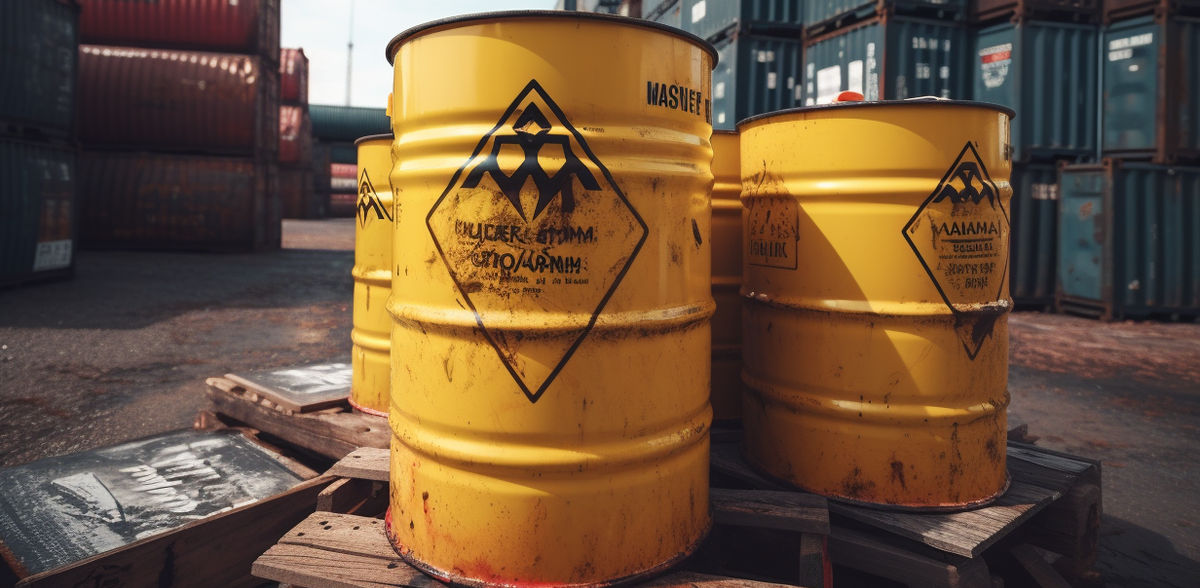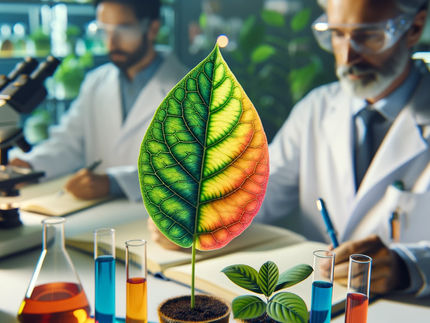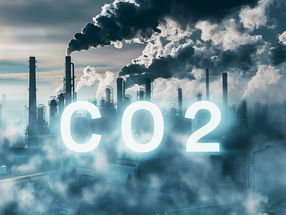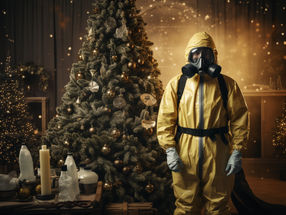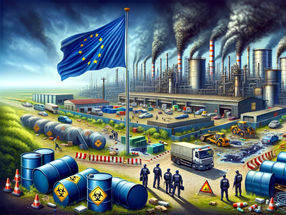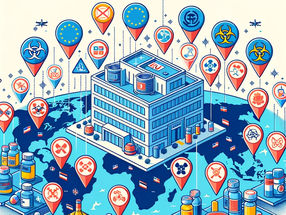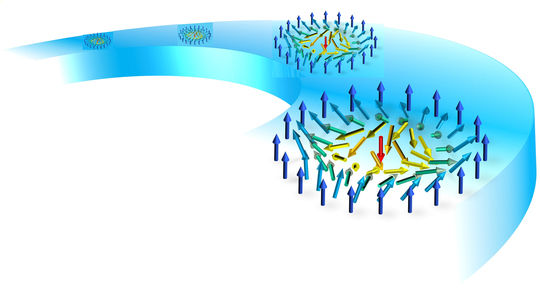Widespread illegal trade of hazardous chemicals
Global regulations disregarded
Advertisement
Researchers from Switzerland and China have studied the global trade in highly hazardous chemicals subject to a global treaty – the Rotterdam Convention. The results are sobering: Nearly half of the total trade volume of these chemicals crosses national borders illegally, calling for strong international and national action.
54 chemicals and groups of chemicals are covered by the Rotterdam Convention due to their high potential to cause severe harm on human health and the environment. These include mercury compounds, various pesticides and five of the six types of asbestos. The Convention, also known as the PIC Convention (Prior Informed Consent), does not ban these hazardous substances. However, the parties may only trade them among themselves if the importing country has expressly consented to the import.
The PIC procedure is primarily intended to protect developing countries from the uncontrolled import of highly hazardous chemicals, since these countries often lack the necessary infrastructure to safely process and dispose of them. Now, a new study initiated by Empa scientists delivers sobering results: The PIC procedure is defaulted on in nearly half of the traded volume of these chemicals.
Worldwide violations
For the study, published on 10 July in the journal Nature Sustainability, researchers from China and Switzerland analyzed public trade data from the United Nations Comtrade database for 46 of the 54 listed chemicals. A total of 64.5 million tons were traded globally from 2004 to 2019. Of these, 27.5 million tons were traded illegally, i.e., exported to countries that had explicitly refused to import them.
Non-compliance with the Rotterdam Convention is a worldwide phenomenon, especially by many countries in Western, Central and Southern Europe, as well as South and Southeast Asia. At the same time, these regions were also the most affected by illegal imports, along with the Middle East and North Africa, as well as Latin America. "This prevalent illegal trade is highly concerning because it undermines global efforts to protect us and our environment from hazardous chemicals," says Empa researcher Zhanyun Wang, who initiated the study.
According to Wang and his co-authors, the result of the study is a rather conservative estimate of the illicit trade in hazardous chemicals, as situations such as smuggling and black markets were not includes in the analysis. In addition, the US, for example, exported about four million tons of chemicals to countries that refuse to import them under the Convention. However, this is not necessarily illegal – because the US has not ratified the Rotterdam Convention and is subject to different rules.
Ongoing large-scale trade
Wang also considers the very high overall volume of hazardous substances being traded as problematic. Of the total 64.5 million tons, the majority – 55.3 million tons – is ethylene dichloride, a carcinogenic and organ-damaging solvent used in the production of polyvinyl chloride (PVC). In second place, with 6.3 million tons, is the toxic reagent, disinfectant and pesticide ethylene dioxide.
The other chemicals, which are predominantly pesticides, make up a relatively small portion of the total. "But we see that these highly toxic compounds are still being traded in significant quantities," Wang says. "Since the Rotterdam Convention came into force, trade has decreased only slightly. Yet for many of these substances, we've known for decades how harmful they are."
Surprisingly, the authors also discovered a brisk trade in some substances that have been severely restricted or even banned for years to decades. These include, for instance, the legacy toxic pesticides aldrin, chlordane, heptachlor and dieldrin, which have been banned worldwide as the “Dirty Dozen” under the Stockholm Convention since 2004. Also still traded, albeit in much smaller quantities of several thousand tons, are the notoriously neurotoxic compounds tetraethyl lead and tetramethyl lead. Despite decades of global efforts to phase them out in gasoline for normal cars, they seem to be still used in certain specialty fuels.
Strengthening national and international action
All of the data used in the study are public – so why aren't the countries addressing the defaults? There are several reasons. "For many countries, the environmental ministry is responsible for implementing the Rotterdam Convention," Wang explains. "But trade is supervised by the customs authority." In addition, there are often insufficient resources available to monitor chemical trade, especially in developing countries.
The researchers recommend that international and national action needs to step up to address global trade of highly hazardous chemicals, particularly illegal trade. Among others, other problematic chemicals should be listed under the Convention, such as chrysotile asbestos. This type of asbestos is by far the most common – and the only one of the six types of asbestos not yet covered by the Convention. "Switzerland has recently taken the initiative here to bring about changes, along with several other countries, but so far without success," Wang says.
The Rotterdam Convention, meanwhile, has only had a Compliance Committee to monitor and address its implementation since 2020. "We are hopeful that this, together with national efforts on reducing the production and use of highly hazardous chemicals, will greatly reduce illegal trade in the future," Wang says.
